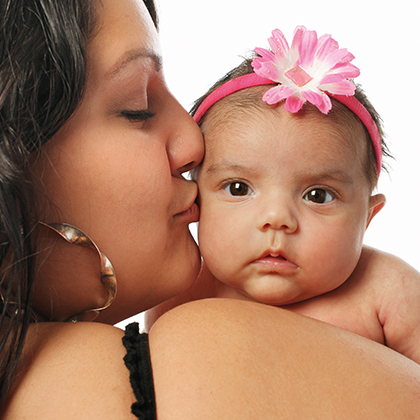Our body is unable to form iron by itself. It needs to absorb it from the food we eat in order to be able to produce enough haemoglobin. If we have too little iron, our organism will lack an important energy carrier. Especially toddlers need a lot of iron for healthy growth.
Growing children need a lot of iron
If children do not receive enough iron during their development and growth phase, this can cause health problems, e.g. memory and attention deficits and depression. The body, too, is harmed, resulting in development and growth disorders. A systematic iron therapy can partially remedy such physical and mental deficits. Therefore, iron deficiency should be identified and treated at an early stage, or even better, it should be prevented in the first place.
Various studies indicate that 5 to 20 per cent of all children under the age of five in industrialised countries suffer from an iron deficiency. This rate is over 50 per cent in newly industrialised countries and up to 70 per cent in some developing countries.
In industrial countries, iron deficiency in children is mainly caused by an unbalanced diet. Instead of paying attention to an iron-rich diet, we offer our children high-fat and high-sugar food, e.g. in the form of fast food, snacks and soft drinks. However, a balanced diet represents the primary basis for a sufficient iron supply.
Meat, poultry, fish and eggs are rich in iron. The options for those who prefer vegetarian dishes include legumes, whole-grain products, nuts, berries and some kinds of vegetables. However, with a bioavailability of 25 per cent, the body can absorb animal iron much better than vegetable iron, of which the body can only absorb 8 per cent.
Possible long-term damage in children with iron deficiency
- Long-term damage in neural connections and impairment of cerebral functions
- Growth and development disorders
- Reduced mental performance, e.g. concentration deficits and inferior verbal skills
- Social and emotional problems, e.g. timidity or depressive moods



